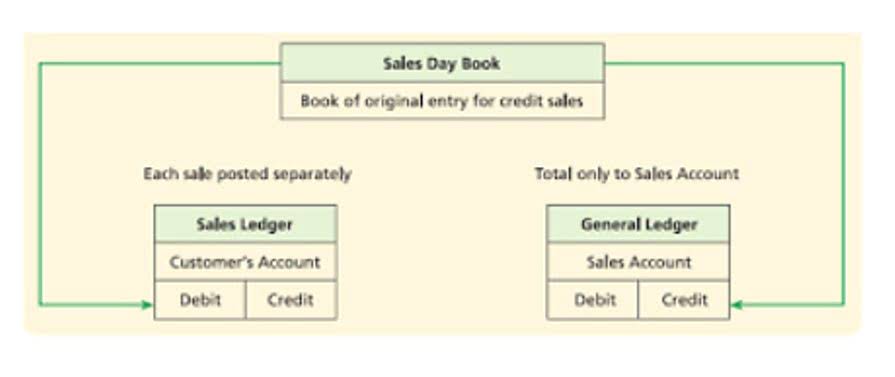
Currency transaction risk occurs because the company has transactions denominated in a foreign currency and these transactions must be restated into U.S. dollar equivalents before they can be recorded. foreign exchange translation Gains or losses are recognized when a payment is made or at any intervening balance sheet date. An example of the temporal method would be subsidiary XYZ being domiciled in Great Britain.
- The current rate method is a method of foreign currency translation where most items in the financial statements are translated at the current exchange rate.
- Since the U.S. dollar has strengthened, the amount of U.S. dollars required to pay off the debt has decreased by $61,600.
- Multinational corporations that have international offices have the greatest exposure to translation risk.
- But for accounting purposes, the company also has to have a functional currency, which is the primary type of money the company uses.
- The gains and losses arising from this are compiled as an entry in the comprehensive income statement of a translated balance sheet.
Change Converter source currency

This edition of On the Radar offers guidance for translating the accounts of foreign entities as advised under ASC 830, otherwise known as the “functional currency approach.” In actuality, the value of the assets hasn’t really changed, but by translating the value of those assets, it provides a clearer picture of what the company owns and its financial performance for that quarter. The risk that the exchange rate could move against the company and depreciate the value of those foreign assets or revenue is called translation risk. The likes of Apple seek to overcome adverse fluctuations in foreign exchange rates by hedging their exposure to currencies. Foreign exchange (forex) derivatives, such as futures contracts and options, are acquired to enable companies to lock in a currency rate and ensure that it remains the same over a specified period of time.
Resources for Your Growing Business
In the U.S., this accounting translation is typically done on a quarterly and annual basis. Translation risk results from how much the assets’ value fluctuate based on exchange rate movements between the two counties involved. Businesses with international operations must translate their transactions like the acquisition of assets or the purchase of services into their functional currency. With foreign exchange fluctuations, the value of these assets and liabilities are also subject to variations. The foreign entities owned by your business keep their accounting records in their own currencies.
Currency Translation Accounting Methods

The financial statements of many companies now contain this balance sheet plug. As shown in Exhibit 1, eBay’s currency translation adjustments (CTA) accounted for 34% of its comprehensive income booked to equity for 2006. General Electric’s CTA was a negative $4.3 billion in 2005 and a positive $3.6 billion in 2006.

Historical Exchange Rates
However, when it comes to accounting, your financial statements have to be recorded in a single currency. Companies must report their financial performance on a quarterly basis, which involves formulating their financial statements for that quarter. The balance sheet and income statement are two of the financial statements that need to be filed.
IAS 21 — Foreign currency transactions and advance consideration
This way you can learn from them and ensure to avoid falling foul of them with your currency translation. Furthermore, once a company decides its functional currency it shouldn’t make changes to it, at least not regularly. A change in functional currency should only take place in situations of significant change in economic facts and circumstances.

